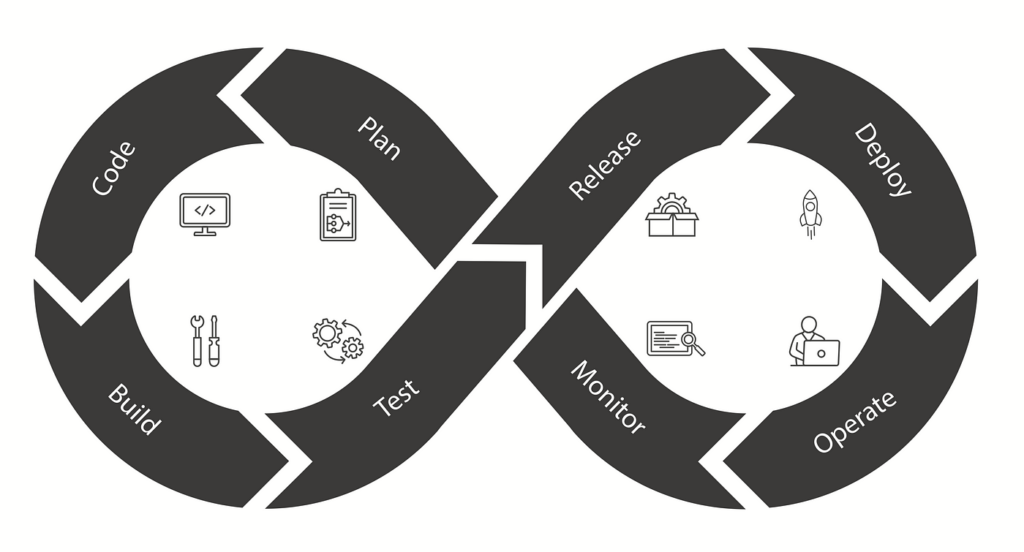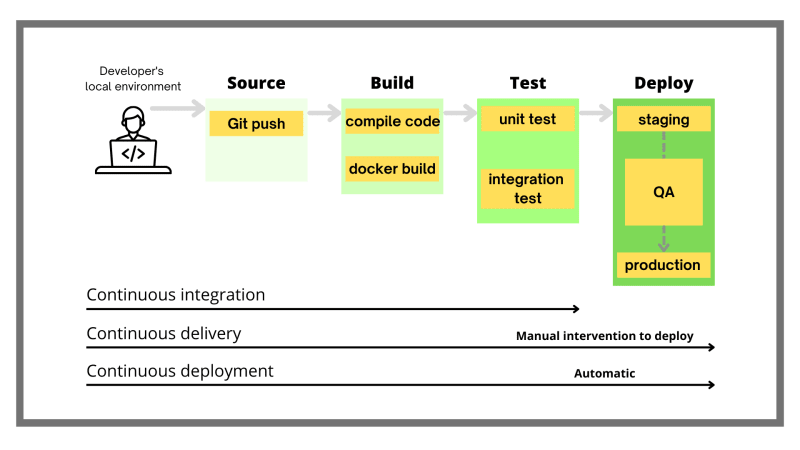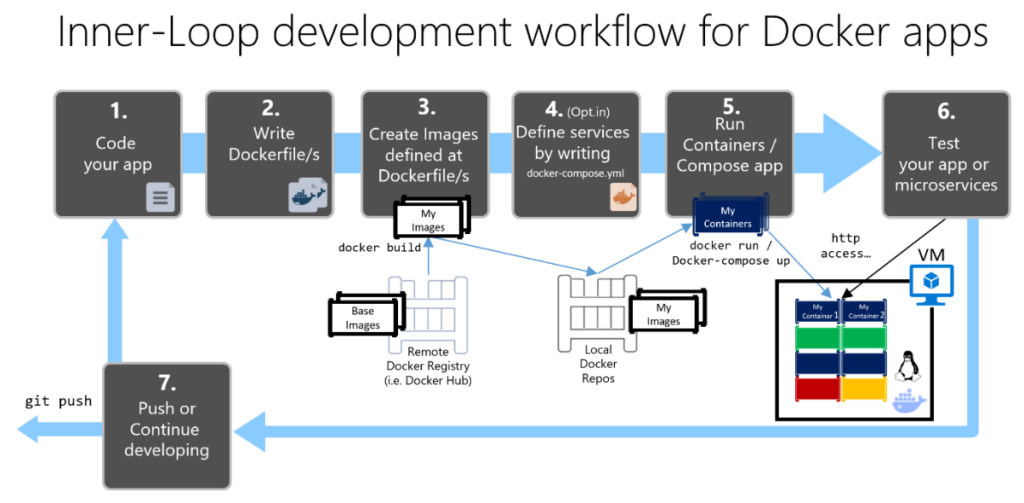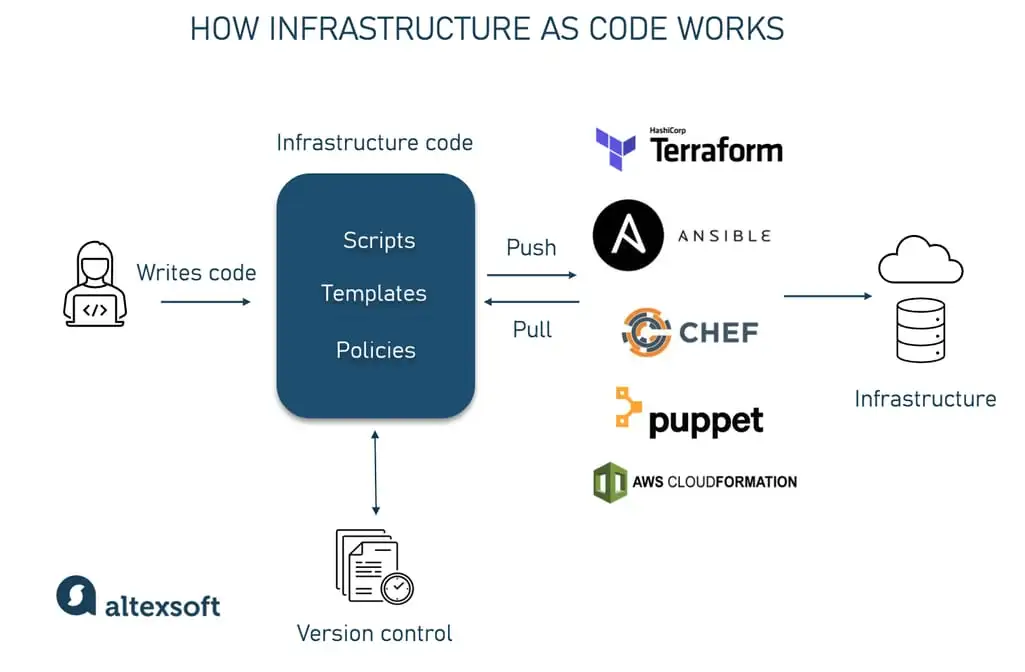
DevOps for PHP: From Development to Production
In the fast-paced world of web development, delivering high-quality PHP applications quickly and reliably is paramount. DevOps, a set of practices that bridge the gap between development, operations, and quality assurance, has emerged as a game-changer for PHP projects. Let’s delve into how DevOps revolutionizes PHP development and deployment.
How DevOps Streamlines PHP Development and Deployment
DevOps fosters collaboration and automation throughout the software development lifecycle, enabling PHP teams to:

- Accelerate Development: By automating repetitive tasks like code builds, testing, and deployment, developers can focus on writing code and delivering new features faster.
- Enhance Collaboration: DevOps encourages cross-functional teams to work together, breaking down silos and promoting shared responsibility for the application’s success.
- Improve Quality: Continuous testing and monitoring ensure that bugs are detected and fixed early, leading to more stable and reliable applications.
- Reduce Risk: Automated deployment processes and frequent releases minimize the impact of changes, allowing for quick rollbacks if issues arise.
- Increase Efficiency: Standardized tools and processes streamline workflows, optimizing resource utilization and reducing costs.
Essential Tools and Techniques
Several tools and techniques play a crucial role in implementing DevOps for PHP:
1. CI/CD Pipelines:

- Continuous Integration (CI): CI involves automating code integration, building, and testing whenever changes are committed to the repository. This ensures that new code is compatible with the existing codebase and meets quality standards.
- Continuous Delivery (CD): CD extends CI by automating the deployment process, ensuring that code is always ready for release.
- Popular CI/CD Tools: Jenkins, GitLab CI/CD, CircleCI, Travis CI, Bamboo.
2. Containerization:

- Containers: Containers package an application and its dependencies into a lightweight, portable unit that can run consistently across different environments.
- Benefits: Containers provide isolation, portability, and scalability, making them ideal for deploying PHP applications in cloud environments.
- Popular Containerization Tools: Docker, Kubernetes.
3. Configuration Management:

- Infrastructure as Code (IaC): IaC involves managing and provisioning infrastructure through code, enabling version control, reproducibility, and automation of infrastructure changes.
- Popular Configuration Management Tools: Ansible, Puppet, Chef.
4. Monitoring and Logging:

- Monitoring: Monitoring tools track the performance and health of your application in real-time, alerting you to potential issues.
- Logging: Logging tools collect and analyze application logs, providing insights into errors, performance bottlenecks, and user behavior.
- Popular Monitoring and Logging Tools: Prometheus, Grafana, ELK Stack (Elasticsearch, Logstash, Kibana).
Best Practices for Faster, More Reliable Releases
Here are some key best practices to ensure successful DevOps implementation for PHP:
- Embrace Automation: Automate every possible step of your development and deployment processes to reduce errors and save time.
- Use Version Control: Utilize a version control system like Git to track changes and enable collaboration among developers.
- Implement Continuous Testing: Integrate automated tests into your CI/CD pipelines to catch bugs early and ensure code quality.
- Adopt Containerization: Leverage containers to create consistent environments and simplify deployment.
- Monitor and Measure: Continuously monitor your application and infrastructure to identify and address issues proactively.
- Foster Collaboration: Encourage communication and collaboration between development, operations, and QA teams.
- Prioritize Security: Implement security best practices throughout the development lifecycle to protect your application and data.
Conclusion
DevOps empowers PHP development teams to deliver high-quality applications faster and more reliably. By embracing automation, collaboration, and continuous improvement, you can accelerate your development cycle, enhance application stability, and achieve greater success in the ever-evolving world of web development.